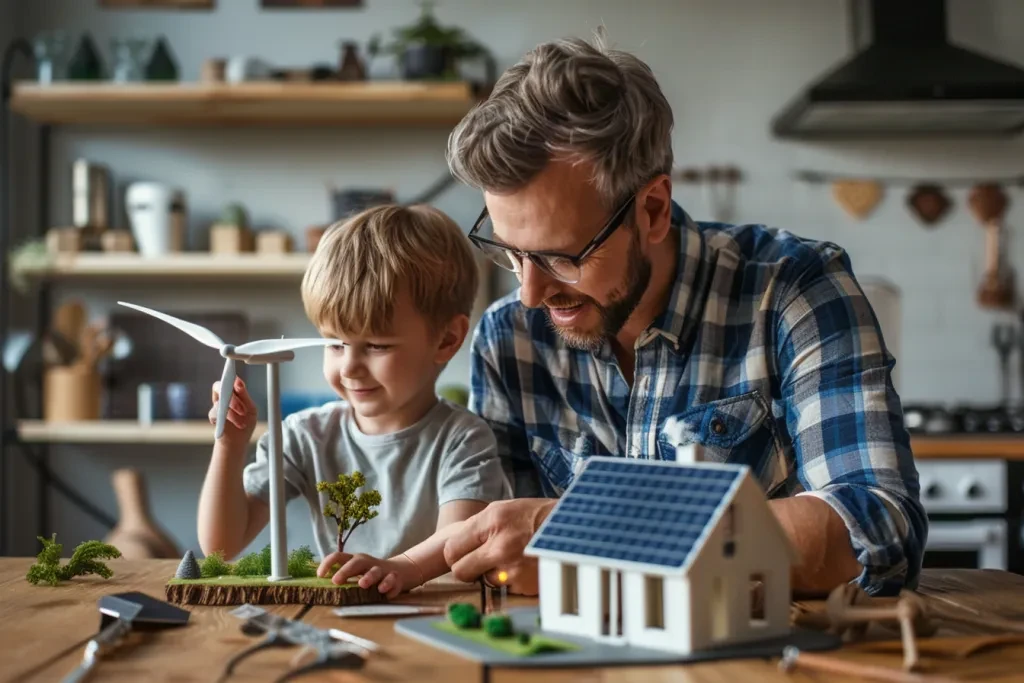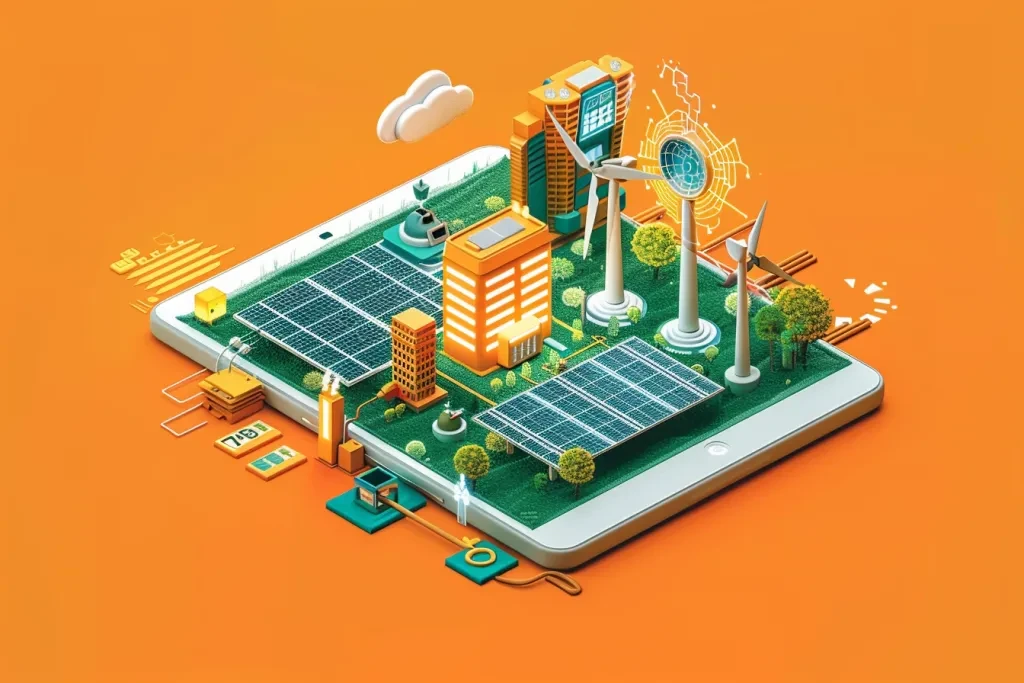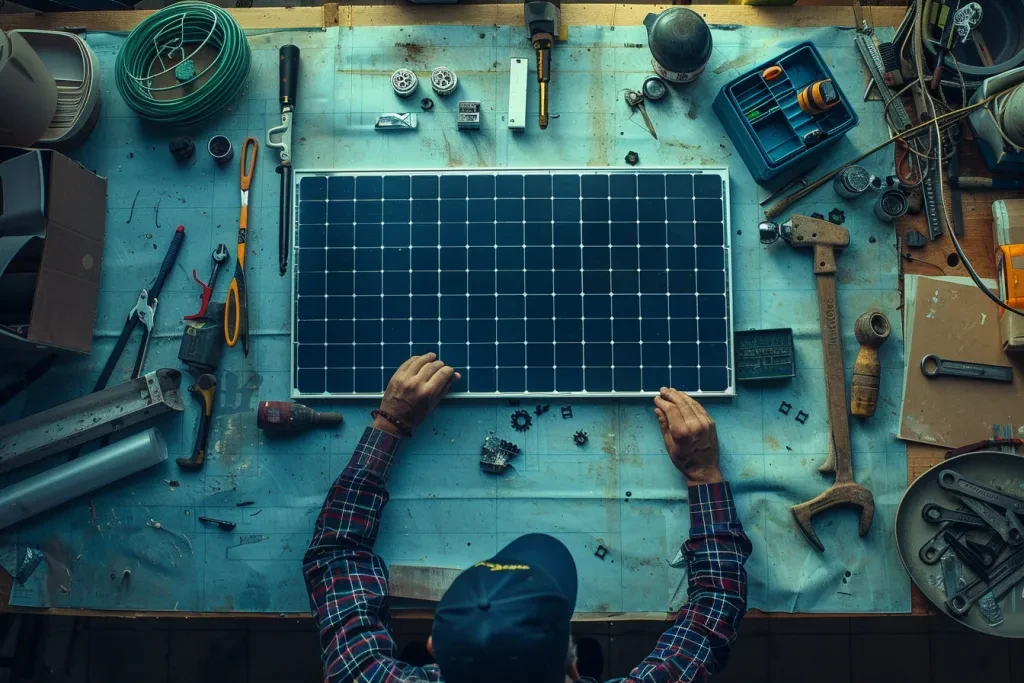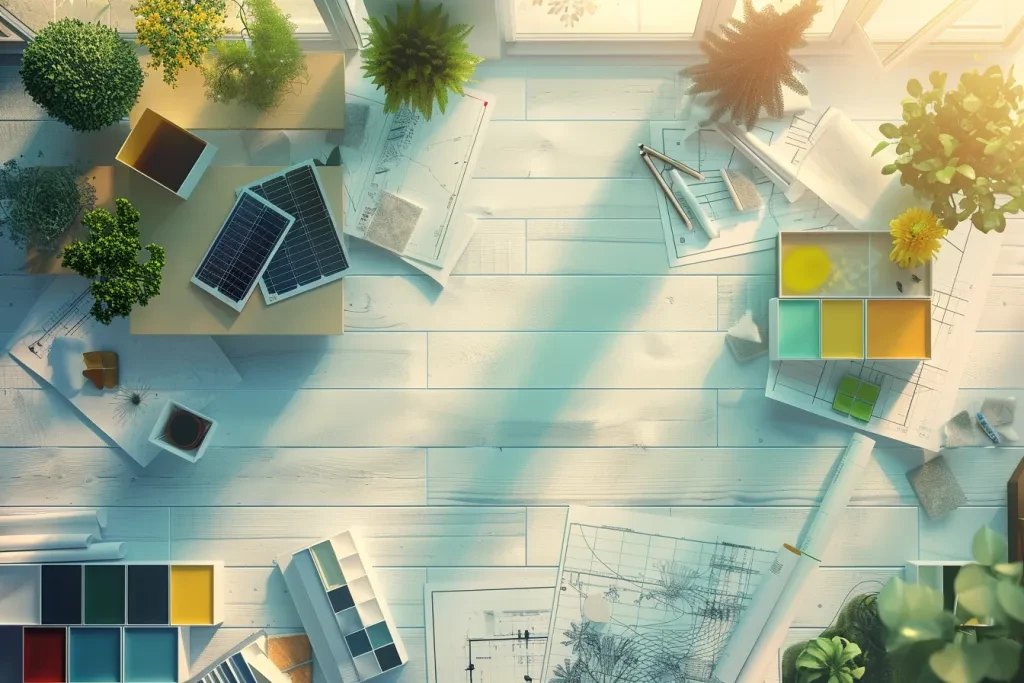Moving towards renewable sources of energy has become more than a trend nowadays; it’s the need of the world. Among several options available today, solar energy is both accessible and effective. DIY solar panels are a great way for home owners to save energy and money while making their homes carbon neutral. This article is aimed at helping people who want to make a difference by making their own DIY solar panels. We will cover all the important aspects of DIY solar panels, functions, benefits and help you kickstart this journey.
Table of Contents:
– Understanding the basics of DIY solar panels
– Assessing the costs and benefits
– Navigating the installation process
– Maintenance and troubleshooting
– Future of DIY solar panels
Understanding the basics of DIY solar panels:

In order to get started with DIY solar panels, one must first be familiar with its make-up and how it all works together to create energy from the sun. Solar panels are made up of photovoltaic (PV) cells, which essentially collect the sun’s energy and convert it into direct current (DC) electricity. This DC electricity, in turn, is converted into alternating current (AC), which is the electricity that is used to power homes, by a device called an inverter. Furthermore, batteries can also be used to store excess energy for when there is little or no sunlight. Understanding this basic information is necessary for anyone wanting to partake in DIY solar panels, as it provides the groundwork for the project at hand.
Assessing the costs and benefits:

Many people are choosing to install their own solar panels in order to save money on electricity bills and to do their bit for the environment. Although the initial costs of panelling the roof with solar panels can be high (along with an inverter, batteries for storage, and the materials necessary to install them), the savings on your electricity bills, as well as the opportunity to sell any excess power back into the grid, will mean that the upfront costs will eventually be recouped. What’s more, your reliance on fossil fuels for energy will reduce the strain on the planet. These are all things to think about if you feel overwhelmed by the task of assessing the costs and benefits involved.
Navigating the installation process:

Installing your own do-it-yourself solar panels requires some serious work. First, you have to find the best spot for your array on your roof. Next, you have to structure-bolt them. Then, you’ll wire the electrical components. Finally, you have to ensure that your install adheres to all of the local building codes and ordinances. Then, you must decide whether to tie your system into the larger grid (which has its own questions and implications) or to go off-grid.
Maintenance and troubleshooting:

DIY solar panel maintenance is an important aspect of having a solar panel system in your home. Cleaning the panels regularly, making sure they are not blocked, and keeping track of the system’s performance are all vital to maintaining the longevity and efficiency of your system. Understanding the most common problems, such as inverter failures or battery issues, will also be important to keep your system functioning correctly. Ultimately, DIY solar panels need a little upkeep but this could be worth it for the feeling of producing your own renewable energy.
Future of DIY solar panels:

The future looks bright for DIY solar panels. There have been such impressive advancements in technology that the potential is tremendous for making solar energy more accessible, affordable and efficient. Innovations in PV cell materials, battery storage and smart grid, for example is going to make the way we generate, distribute and utilize the power in our home more and more efficient and reliable. The progress in renewable energy will have a great impact on the local and global community and I am sure that DIY solar panels will have their place in making homeowners green energy producers of tomorrow.
Conclusion:
DIY solar panels have the power to change the world. Installing them yourself can be a steep learning curve (as can any new technology). There’s also an investment to be made before you can begin to see the benefits. However, reducing your reliance on the grid, making cheap, clean electricity while you sleep and helping the environment all sound pretty good to me. So if you’re lucky enough to live somewhere sunny, if you have a suitable roof and the time, here’s how to get started. Understand the basics Assess the cost Evaluate the benefits Work out installation costs Install the panels Maintain your installation.




